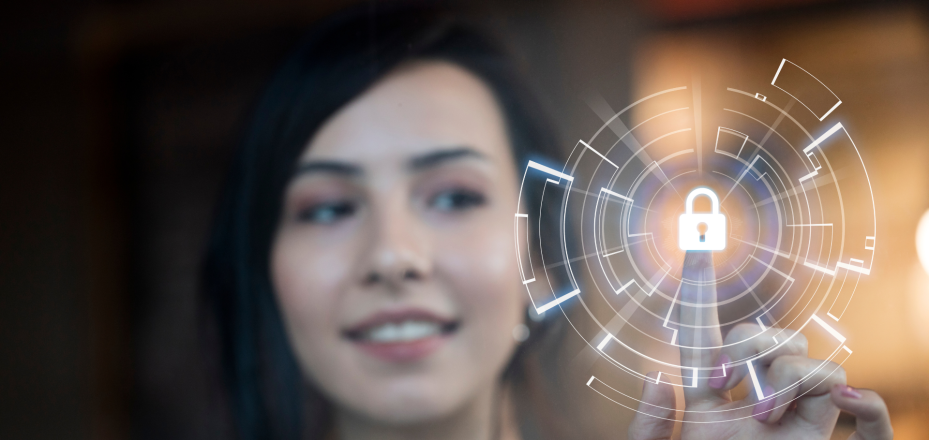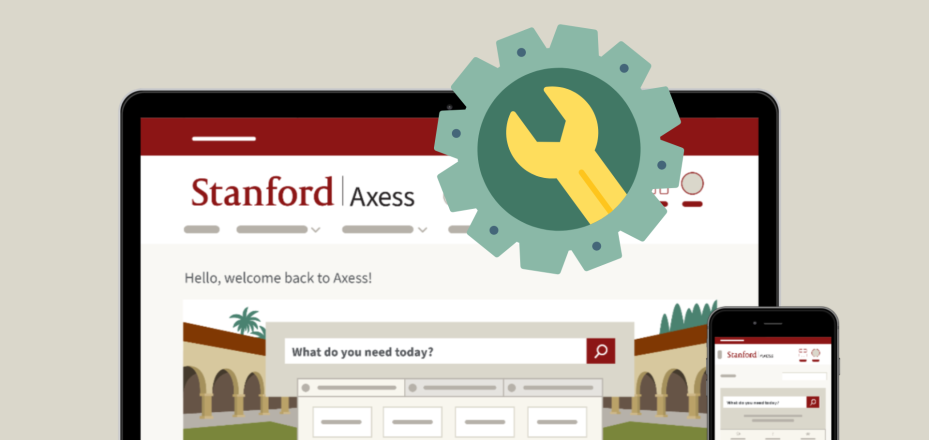Stanford Telephone Service Expands
Starting in March 2022, you can no longer dial 9 + 7-digit local phone numbers when using the Stanford phone system. For details, see Change for Dialing Local Calls from Stanford Phone Numbers Coming Soon.
How hard is it to change a few phone numbers … 7,000 phone numbers that is? If you guessed pretty hard, you guessed right. A collaborative project including 14 people from two organizations spent the past year doing just that.
The result: Stanford graduate and undergraduate students in 200 buildings now have new numbers that don’t have traditional prefixes (723, 725, etc.) common to university affiliated phones.
Why the change? With the addition of two new hospitals and the expansion of Stanford clinical care across the Bay Area, the Stanford telephone service was quickly running out of phone numbers. To meet this demand, University IT (UIT) acquired a new dialing prefix that offered 10,000 new phone numbers.
New dialing plan for students residences
The new prefix is not part of the dialing system that allows university affiliated phones to reach each other by dialing just the last five digits of the number. Five-digit dialing is a critical need in the healthcare system, so it was essential that the current bank of numbers be assigned to those entities and the new numbers distributed elsewhere. Hence, the change in student phone numbers.
Now, students dial seven digits to reach numbers in the 650 area code, including on-campus numbers. To call numbers outside of the 650 area code, they dial 10 digits.
Additionally, on-campus phones can no longer reach the Stanford operator by dialing 0 from a Stanford telephone, but instead by dialing 200.
R&DE collaboration
The UIT project team is grateful to colleagues in Residential & Dining Enterprises (R&DE), who worked tirelessly to make this project successful. R&DE contributed significantly to the work required to update systems connected to the buildings themselves.
“It’s not just the numbers attached to each phone that had to change, but also all of the supporting systems attached to those phone numbers had to be updated as well,” said Grace Quadro, a product manager in UIT. “We updated the Door King door access system, the R&DE student room database, the Enterprise Asset Management and cable plant records, and more.”
The supporting system updates were critical to ensure that students would continue to have physical access to their dorm buildings and also to provide accurate location information for the 911 emergency system.
Additionally, University IT (UIT) and R&DE reviewed records in a variety of databases that store student information and were able to reconcile discrepancies and remove inaccurate data, leading to much cleaner and more useful information in our systems.
“In reconciling our phone asset and location database records with floor plans, we discovered that room changes from residence renovations completed years ago had not yet been updated in all records,” said Christopher DeFlavis, data governance administrator in R&DE. “Everyone on the team worked diligently to verify and update data, and to ensure that the impact on residents would be minimal. It has been a pleasure working with colleagues who share this commitment to excellence.”
Stanford telephone service
And all of this is because AT&T was mandated by the federal government to break up its monopoly on the US telephone system on Jan. 1, 1984. As a result of that breakup, the university created its own local telephone company. A carrier grade telephone system with equipment that is typically used in major telephone company switching centers was implemented in Forsythe Hall and brought into service in 1986. The Stanford telephone network offered phone numbers with the prefixes 415-723-xxxx, 415-724-xxxx and 415-725-xxxx for a total of 30,000 telephone numbers.
Today, the Stanford telephone system supports over 95,000 phone numbers, with a variety of prefixes, in multiple area codes and processes over 3 million calls per month.
The Stanford telephone system supports the main campus, both the adult and children's hospital, and the healthcare clinics throughout California. Additionally, Stanford provides telephone service to the Hopkins Marine Station in Monterey and Stanford in Washington and Hoover Institution in Washington D.C.
Learn more
DISCLAIMER: UIT News is accurate on the publication date. We do not update information in past news items. We do make every effort to keep our service information pages up-to-date. Please search our service pages at uit.stanford.edu/search.



